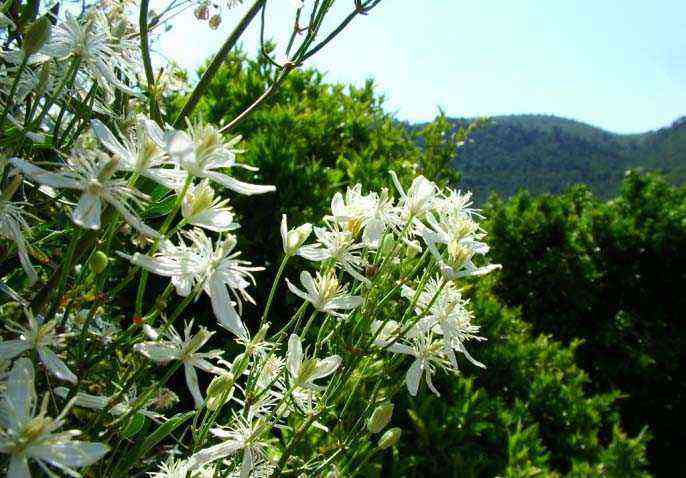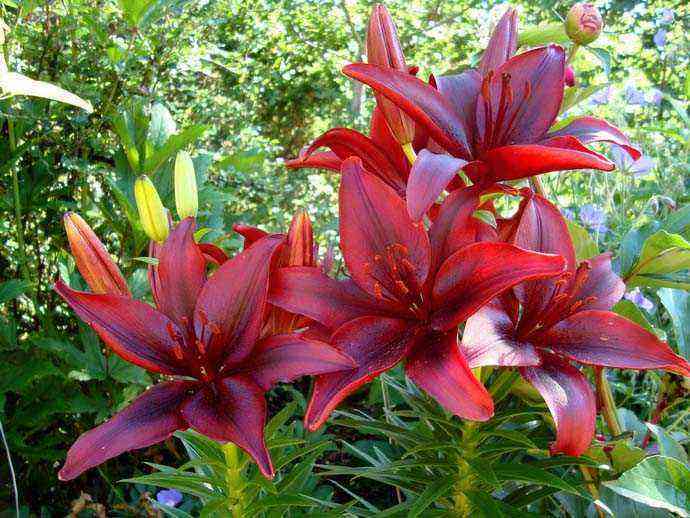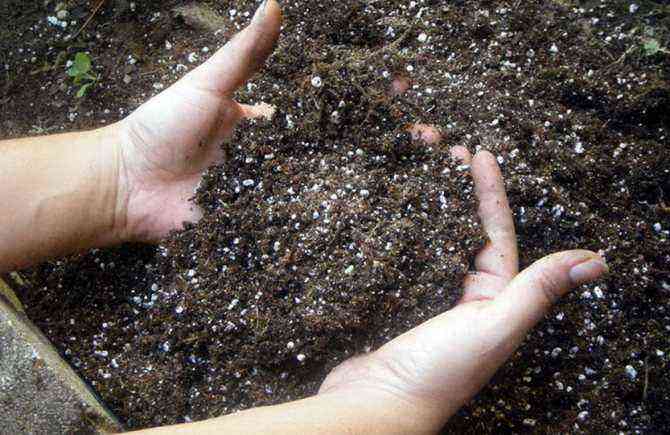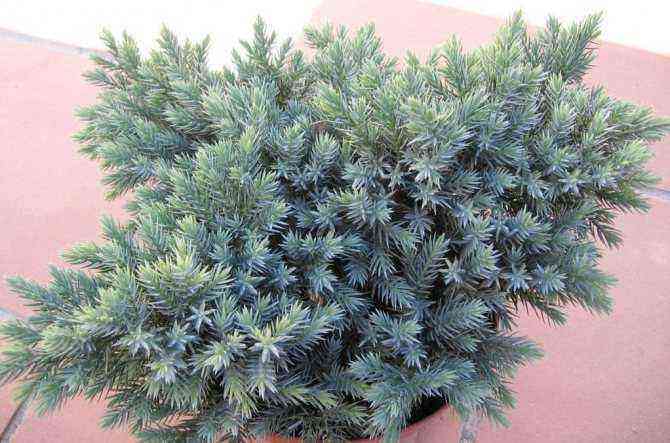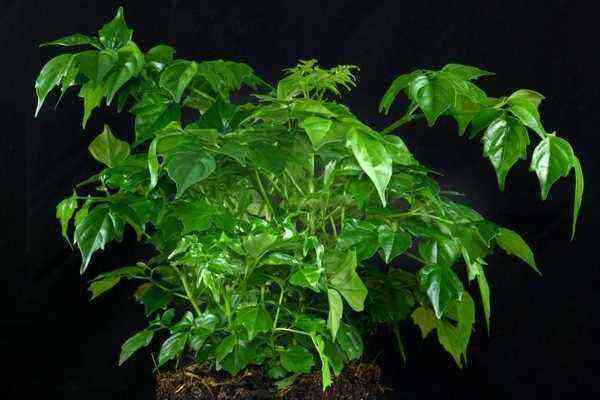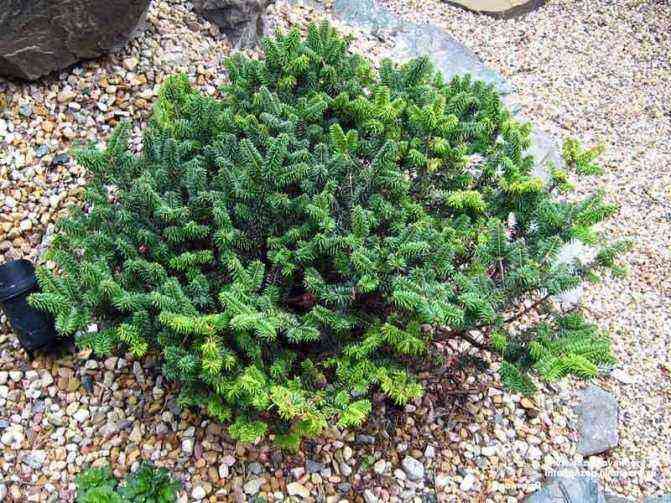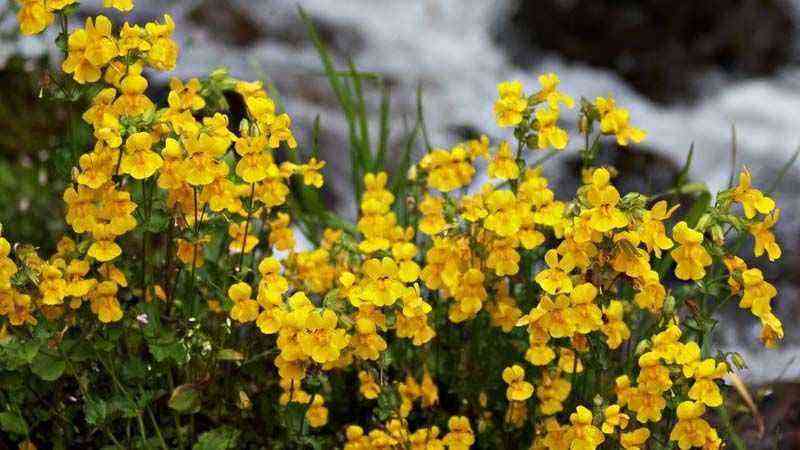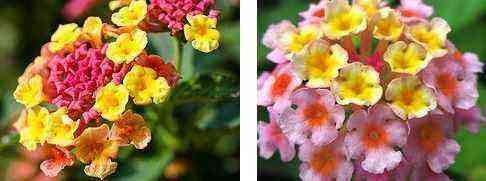Once the first week of February was reached, we could not see a better time to introduce and tell you a little about a species that is now when it decides to bring out its flowers in addition to a great aroma, if that were not enough. It is the mecéreo, mezereón or also called matacabra (Daphne mezereum). A somewhat shocking common name that has its reason for being.
Winter flowering, something apparently strange but more common than it seems
When one begins to observe the plants that accompany us, we realize that the vast majority have their flowering in the months when the cold subsides.
Flowering is something delicate and that in many cases requires the pollination that is achieved when the insects develop their most frenetic activity, and indeed, it is during the months of good climatic conditions.
However, there are also, although to a lesser extent, species, genera and even entire families of plants whose flowering occurs when all the others cannot. Plants like Winter viburnum of which we already spoke in its day. The plant that we bring today coincides with the Viburnum in many things. They both have one pink bloom and the two say goodbye to the four winds very good fragrances.
Warning with the rocking horse
The deep red berries they tend to attract a lot of attention. The Mezereón (Daphne mezereum) will bring fragrance to our garden with its flowering but the other side of the coin is that they are toxic, very toxic.
In fact, the toxic part is found throughout the plant, including the leaves and the woody part, although the berries are the ones that attract attention and those that incite, a person who does not know them, to ingestion. They can remind of the appetizing and showy gooseberries.
With children it is not convenient to have this bush around. Disgust can be huge. It doesn’t take more than a dozen berries to cause serious internal damage and bleeding and even death. Now is when the name “matacabra” begins to make sense.
Many herbivores are attracted to the berries and leaves, causing them to die.
It also has other names like female laureala. It also has its reason for being. Daphne comes from the Greek and means laurel and if we look at its lanceolate leaves, they remind us of the well-known and aromatic bay leaves that we use to cook daily.
If you are interested which plants can be toxic, we remind you that there is an article published on toxic plants in the home. It never hurts to know what they are.
Mecereo Cultivation (Daphne mezereum)
Any warning is little but neither should we be overly alarmed. We live surrounded by dozens of plants whose ingestion is toxic and we do not go around trying berries that we do not know.
So leaving aside the warning of its toxicity, let’s get right into the conditions that the Mecereo needs (Daphne mezereum) to develop favorably.
Climatology and soil
It is widespread in the sheltered and temperate forests of Europe growing at varied altitudes of up to a couple of thousand meters. It is becoming increasingly scarce and in some countries it is protected. The soil needed is cool, moist, loose, well-draining soil.
Does not support heavy clay soils. It tolerates limestone soils well. If you need to change the properties of the soil to plant this shrub, mixtures of peat and sand with garden soil are a good combination.
Daphne mezereum is a plant suitable for growing in rockery gardens
Irrigation
We have to be aware of the irrigation in hot seasons as is normal. Even so, it is not advisable to leave the soil without water for too long. A slightly moderate humidity year round is nothing this shrub is going to turn down.
You know. Very pretty, very flowery and fragrant but watch out for its toxicity.
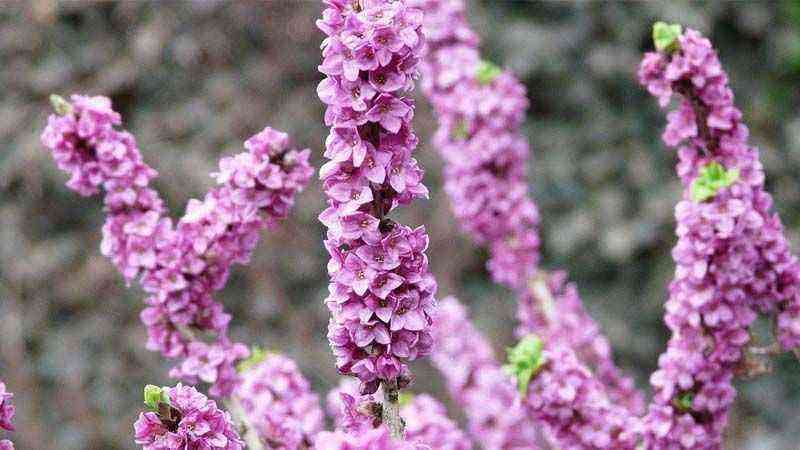
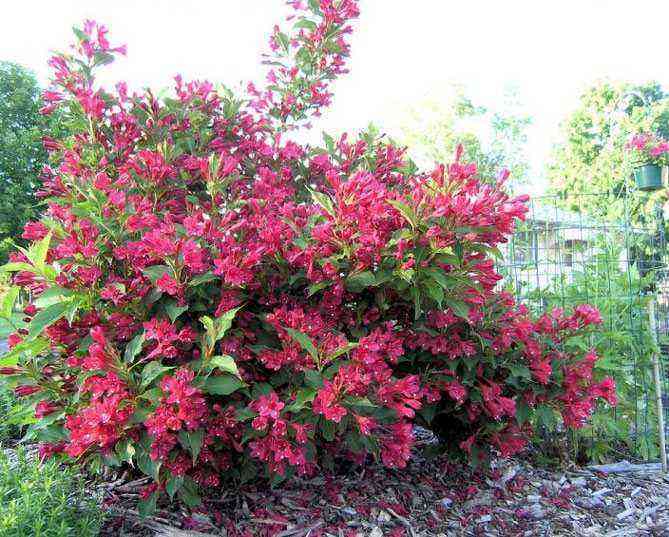

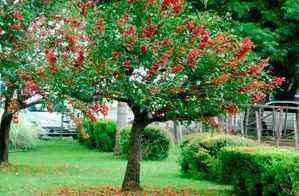
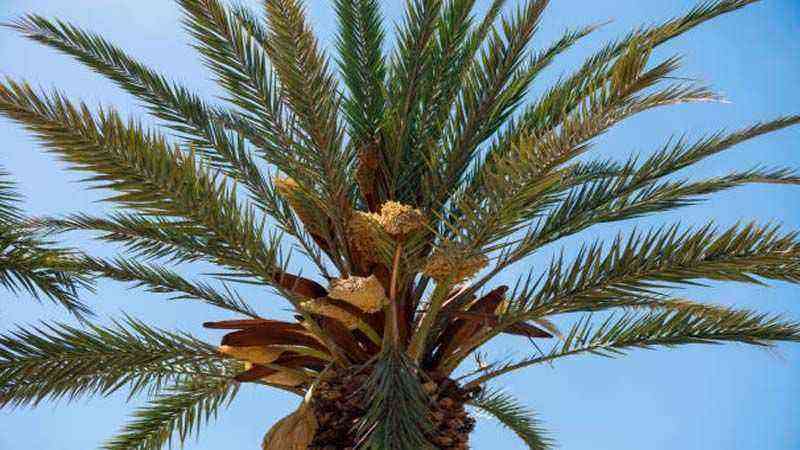

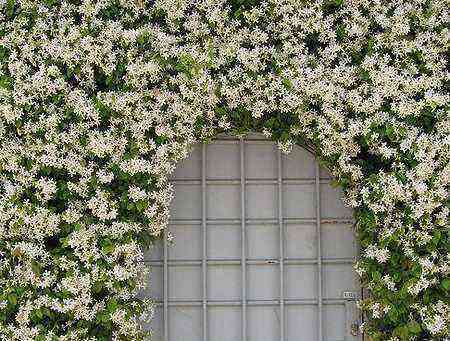
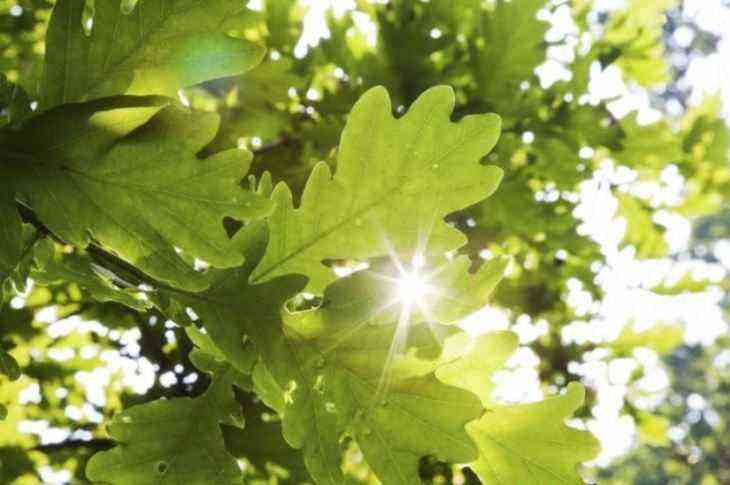

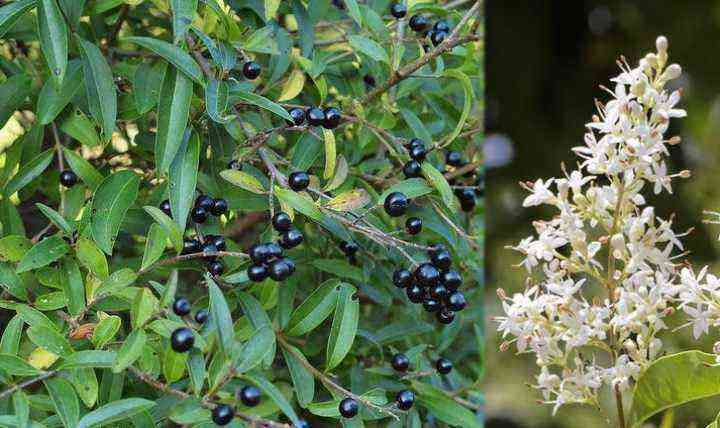
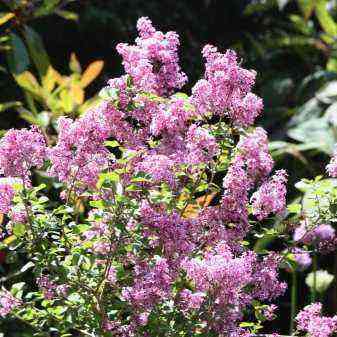
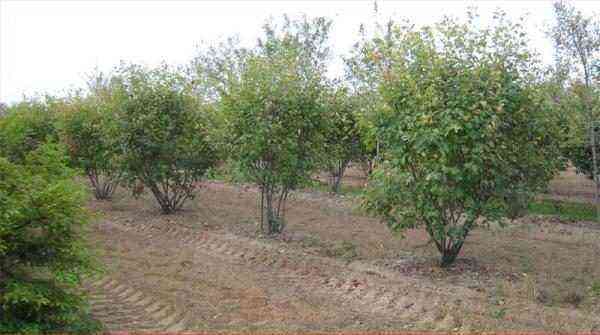
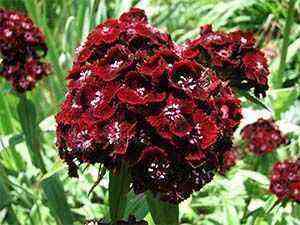
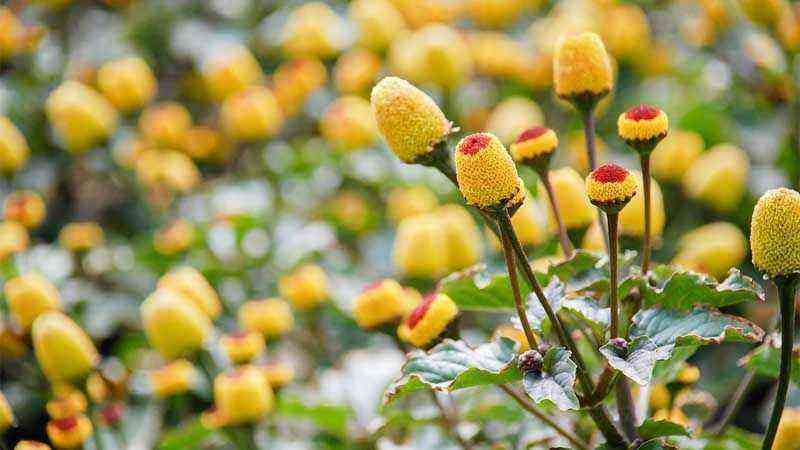
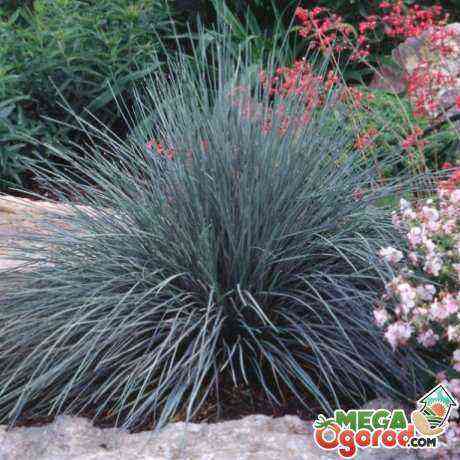

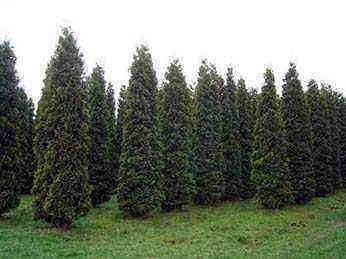
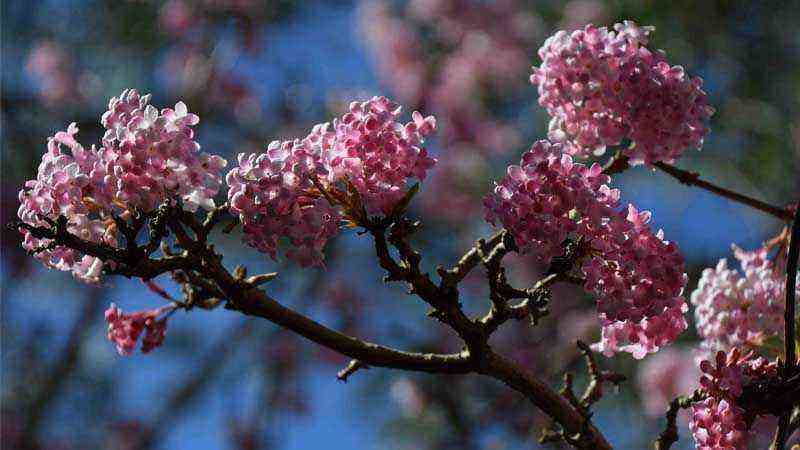
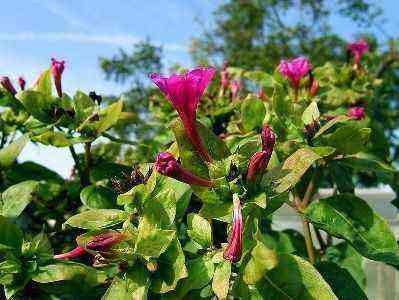


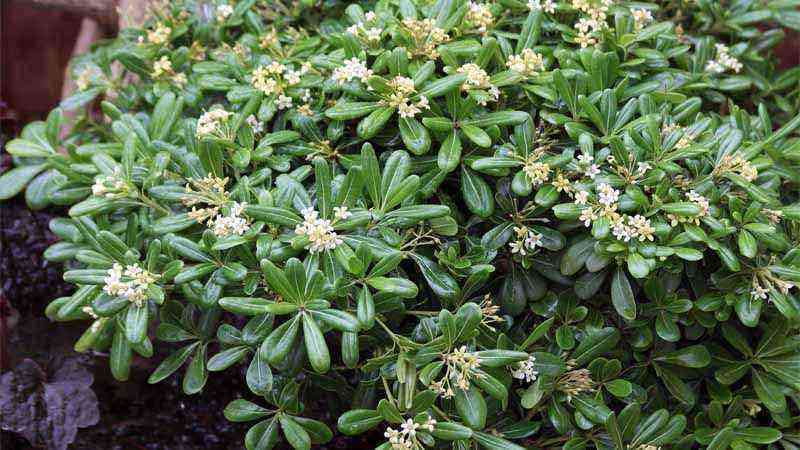

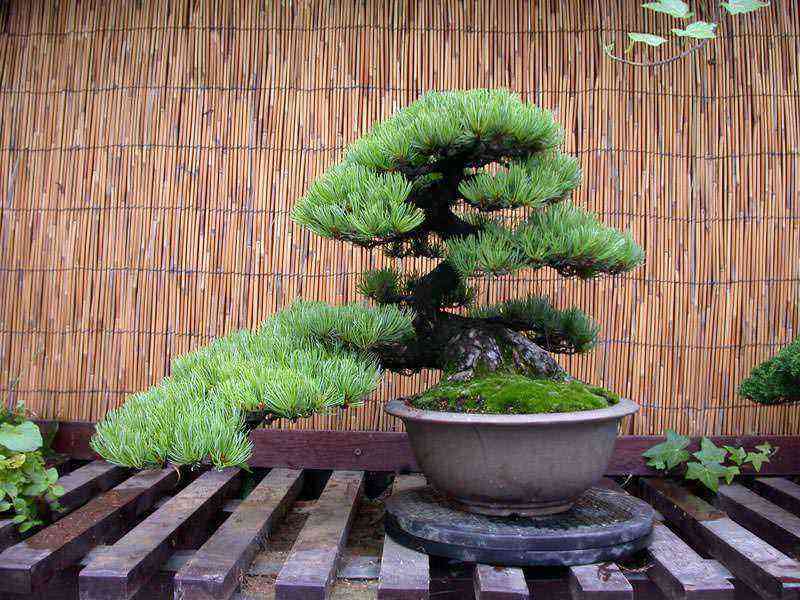
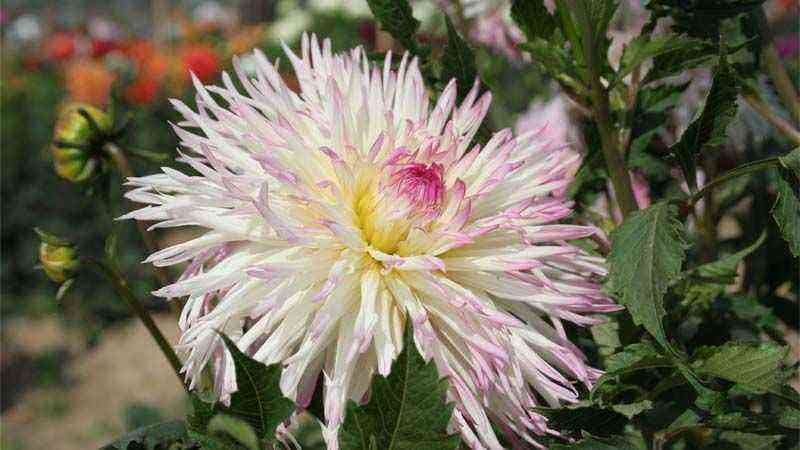
![Cultivo de Magnolia stellata [magnolia estrellada] Cultivo de Magnolia stellata [magnolia estrellada]](https://farmer-online.com/wp-content/uploads/2021/05/Cultivo-de-Magnolia-stellata-magnolia-estrellada.jpg)



